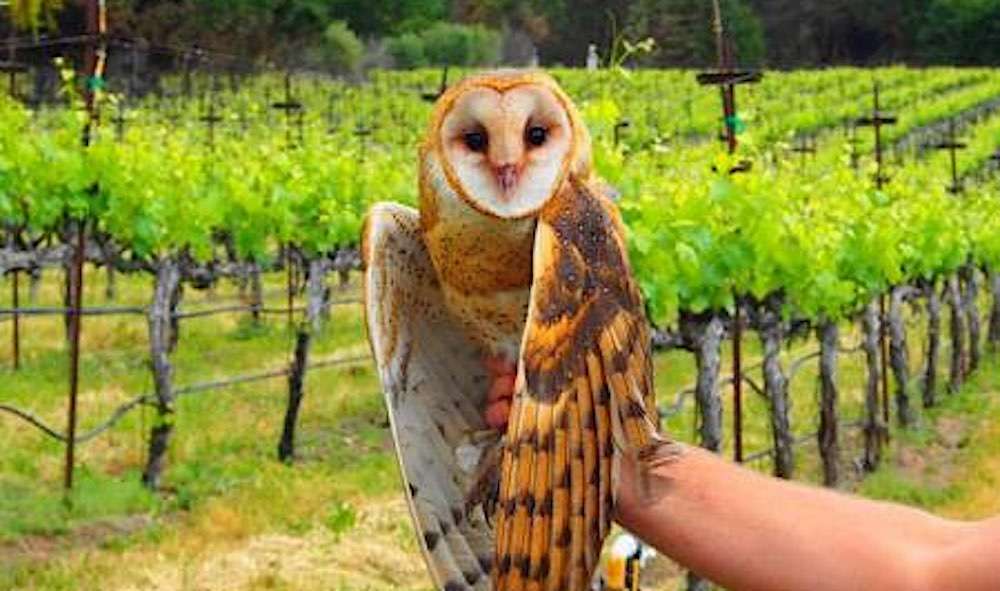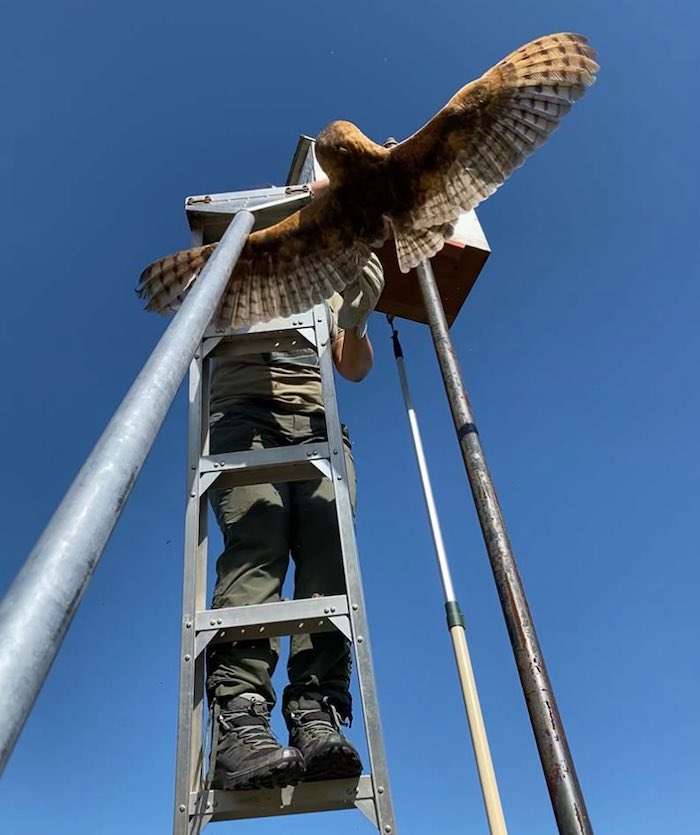Canadian Man Notices an Old Lotto Ticket in His Wallet and Wins $20 Million
Jerry Knott in Manitoba found an old lottery ticket tucked up in his wallet. It turns out he was the winner of $20 million, a life-changing sum.

Napa Valley vintners are increasingly turning towards winged-laborers for their pest control, and away from super toxic pesticides that poison everything, including their wine.
Barn owls in particular, but also hawks and other birds of prey, known as raptors, are being welcomed onto vineyards across California for their skill in rat-catching, vole-estation, and gopher-gobbling—and scientists studying the impact of these strategies are finding encouraging results.
For years, vintners in California were proud of the certain je ne sais quoi, inherent in their wines which made Napa a world class destination for growing grapes.
But, they were using super-toxic "rodent-icides," a type of poison used to kill the mice and voles that munch on vines. The poison had become an industry standard in the state up until the 1980s when raptors, trapping, and other more holistic methods became more popular.
According to the nonprofit Napa Green, a trend toward chemical-free farming statewide is reflected in the threefold increase of organic winegrape acreage since 2005, with the number of organic acres doubling in just the last decade.
One of the world's most efficient pest controllers is the barn owl, which is found on 6 of our 7 continents and is capable of eating 3,400 rodents each year.
Matt Johnson is a wildlife professor at Humboldt State who began a program years ago to study raptor pest control in vineyards and research the results. A survey by graduate student Brooks Estes found that four-fifths of the 75 California grape growers purposely invite owls onto their property by constructing nest boxes.
"We're working mainly in Napa Valley, where there are over 300 barn owl nest boxes," Johnson wrote on his department's webpage.
"You can literally put a barn owl nest box in the exact location where you think you have a problem with the small mammals, and voilà! The owls will start using that area," John C. Robinson, a local ornithologist, told Bay Nature Magazine.

Johnson and his graduate students have found that barn owls like their boxes to sit at least 9 feet off the ground, face away from the sun, adjacent to grassy fields, and preferably far from forested acres.

Early surveys suggest that it's possible more vintners are using barn owls and even traps, than pesticides, but how much pesticide use was avoided in favor of the owls is not known.
All the incentives are there, however, because using owls is much less expensive than trapping: 26 cents per rodent versus $8.11. It's also helping a beautiful group of species to thrive.
Ventura County uses birds, including hawks, falcons, and owls, instead of rodenticides, across nearly one hundred dikes and dams, as the rodents' burrowing can damage the structures. Ventura County Watershed Protection Department reports a cost savings of $216,000 per channel mile compared with traps.
The owls not only help winemakers lower their costs, they make the vineyards greener and keep ecosystems healthier—a dignified result that reflects the majesty of the famous valley.
FLY This to Friends Who Love Wine And Owls —Share on Social media…
Be the first to comment